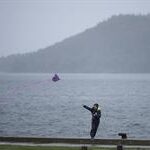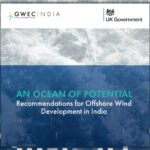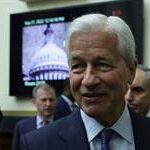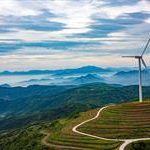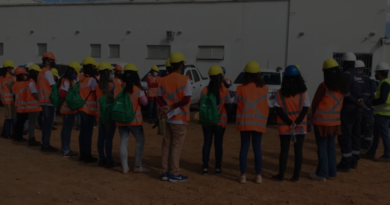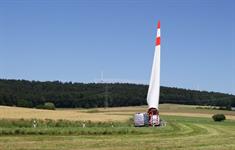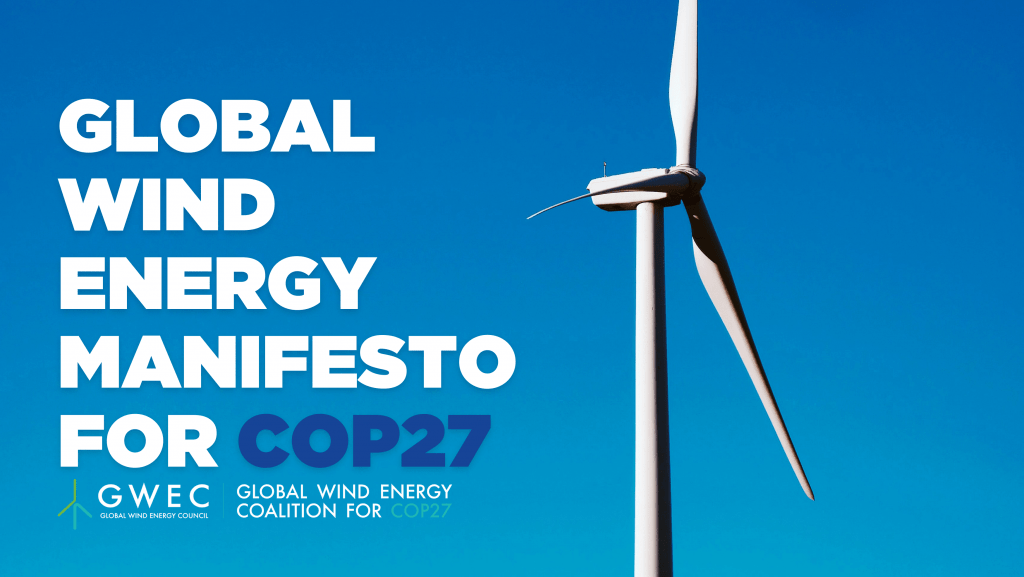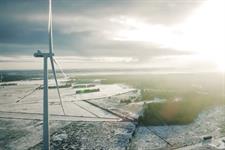Developing economies can seize economic opportunities from wind power in the current crisis
Energy Disrupter

17 November 2022, Sharm el-Sheikh | The Global Wind Energy Council (GWEC) has today released a Summary for Policymakers at COP27 on the socioeconomic and environmental opportunities attached to wind energy in developing economies. The summary note, “Capturing Economic Opportunities from Wind Power in Developing Economies,” reflects the preliminary findings from an ongoing study of wind energy potential in five key countries for the global energy transition: Colombia, Argentina, Morocco, Egypt and Indonesia.
While the world is confronting an energy crisis, the COP27 summit is nearing the crucial final stages of determining political consensus among Parties which can keep a 1.5°C pathway alive. Current events and energy market volatility are a reminder of the vulnerabilities of the global energy system, which can serve to fast-track structural change towards the clean energy transition.
This summary note, authored by BVG Associates, highlights the energy security, economic and environmental benefits of wind energy, potential barriers to deployment and recommendations on how developing economies can overcome these barriers. Based on industry experience to date, it finds that a country which installs 1 GW of onshore wind energy per year from 2022-2027 could unlock:
- US$19.3 billion in gross value added to national economies over the 25-year lifetime of wind farms;
- 114,000 jobs during the development, construction and installation phase of wind farms;
- 12,000 further jobs annually during the 25-year operations and maintenance phase of wind farms;
- 5.9 million homes powered with clean electricity from 2027;
- 290 million metric tonnes of CO2e saved over the lifetime of wind farms; and
- 34.6 million litres of water saved annually from 2027, which would otherwise be used for thermal generation.
The five countries selected for this study are home to significant and untapped wind energy resource, and face socio-political and economic challenges which threaten to slow down their clean energy transition, including the risk of gas and coal expansion amid the current energy crisis. Each country was found to have significant wind capacity and socioeconomic upsides in an accelerated transition scenario, which would support meeting their 2030 energy targets and Nationally Determined Contributions (NDCs) under the Paris Agreement.
These countries are also notable in coming forward with new decarbonisation ambitions during COP27 and the G20 Summit, which could form a basis for accelerated renewable energy deployment. These include a $20 billion Just Energy Transition Partnership for Indonesia, a commitment for Egypt to enhance its NDC and quadruple renewables capacity by 2030, and a call from the Colombian president to cease funding and use of fossil fuels.
Across developing economies, the summary note finds that common barriers to wind energy deployment include: a lack of clear policy commitment, such as concrete and ambitious wind energy targets and timelines; insufficient transmission system infrastructure and investment; and overly complex permitting frameworks to gain approvals for renewable energy projects.





